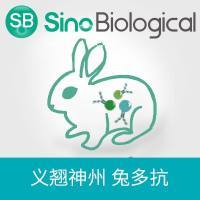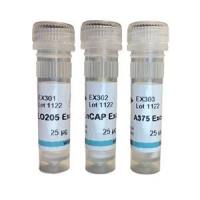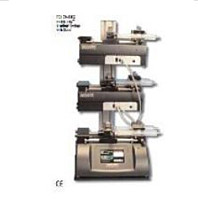MUC1 Membrane Trafficking: Protocols for Assessing Biosynthetic Delivery, Endocytosis, Recycling, and Release Through Exosomes
互联网
533
MUC1 is normally apical in polarized epithelial cells but is aberrantly localized in tumor cells. To better understand the mechanism of this altered localization as well as the normal functions of MUC1, we are focused on characterizing the features of MUC1 that regulate the membrane trafficking of this mucin-like transmembrane protein. Previous studies using heterologous expression of MUC1 in CHO and MDCK cells revealed that trafficking to the cell surface as well as endocytosis and recycling is modulated by glycosylation, palmitoylation, and docking of adaptor protein complexes. Protocols for assessing MUC1 trafficking have utilized membrane-impermeant cell surface biotinylation and subsequent stripping with reducing reagents, such as MESNA. The cumulative data have been used for computer modeling and calculation of rate constants. As MUC1 is released through trafficking to exosomes, we have devised protocols for the affinity isolation of MUC1-containing lipid rafts from nanovesicular subpopulations to perform proteomic mapping of protein constituents in these sorting platforms. Our studies to date have shown that plasma membranous MUC1 traffics via lipid raft-associated pathways to exosomes, which are independent of caveolin-1 or dynamin, but dependent on flotillin.









